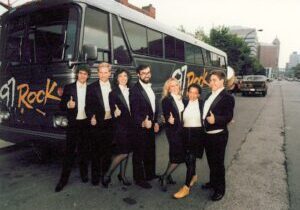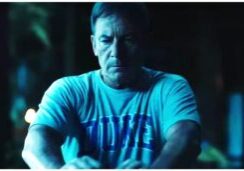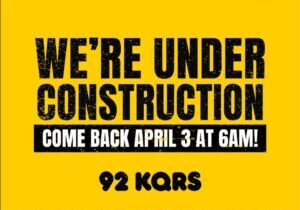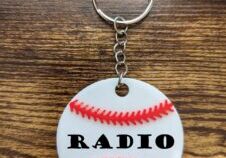
At Jacobs Media, we have long been proponents of giving fans a voice in how our stations sound. Strategically, this provides the opportunity to posture changes as the audience suggested, as in “You told us you wanted….so starting Monday….” This can be a great tactic, especially on the heels of a research study where these moves are clearly obvious ones to everyone in the room.
But predicating an entire company – or an industry, for that matter – on the suggestions from consumers is a whole other thing.  Interestingly, it has happened – not that long ago and to a brand you know and very likely subscribe to:
Interestingly, it has happened – not that long ago and to a brand you know and very likely subscribe to:
Netflix
Back in 2006 when the brand was all about mailing DVDs to us in those familiar red envelopes, Netflix used software called Cinematch to recommend movies we might like. CEO Reed Hastings’ idea was to improve its efficiency which, like extending time-spent listening in radio, could have been a game-changer for Netflix.
To tap into the brilliance of Netflix users and more to the point, code writers everywhere, the company hatched the “Netflix Prize,” a one million dollar reward that attracted 30,000 competitors to take a shot at improving the company’s recommendation engine.
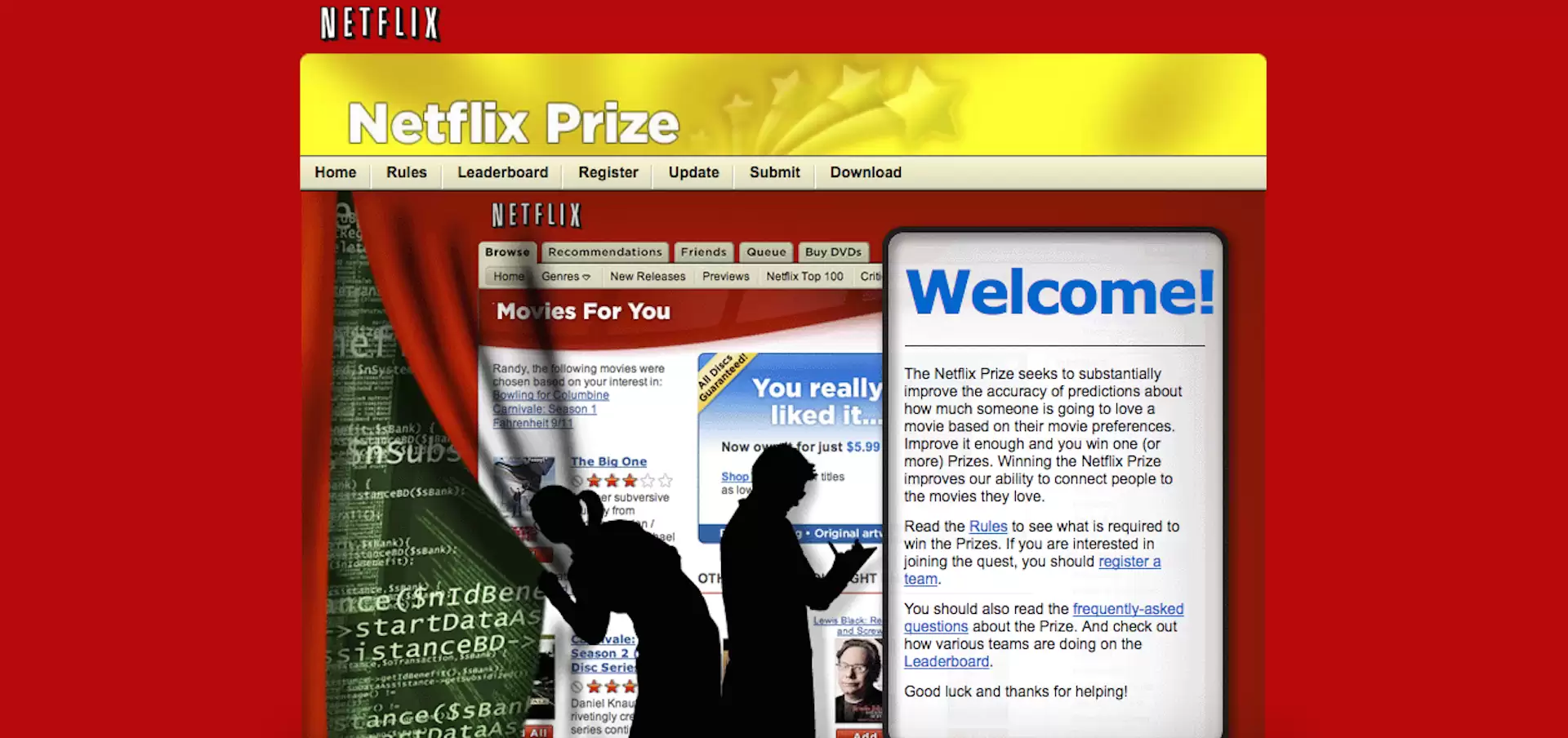
via Thrillist
A detailed story in Thrillist by Dan Jackson explores this innovative competition, nearly won by a computer nerd named Lester Mackey who headed up a team originally called Dinosaur Planet, later consolidating into a “mega-team” known as The Ensemble.
The contest became complicated as well as legendary in software circles, inspiring a “Great Race” competition that ended in a tie – eventually won by a team led by AT&T nerds.
As it turned out, Netflix did not end up using the solution that came out of “Prize,” but Jackson reports the competition advanced how AI is used in recommendation engines across the spectrum.
By the time “Netflix Prize” came to its conclusion, the company had moved onto the launch of its streaming video platform in early 2007, the start of the system in use today. Thanks to the data provided by streaming, Jackson explains, the Netflix model “became less about how you rate media and more about what you actually consume.”
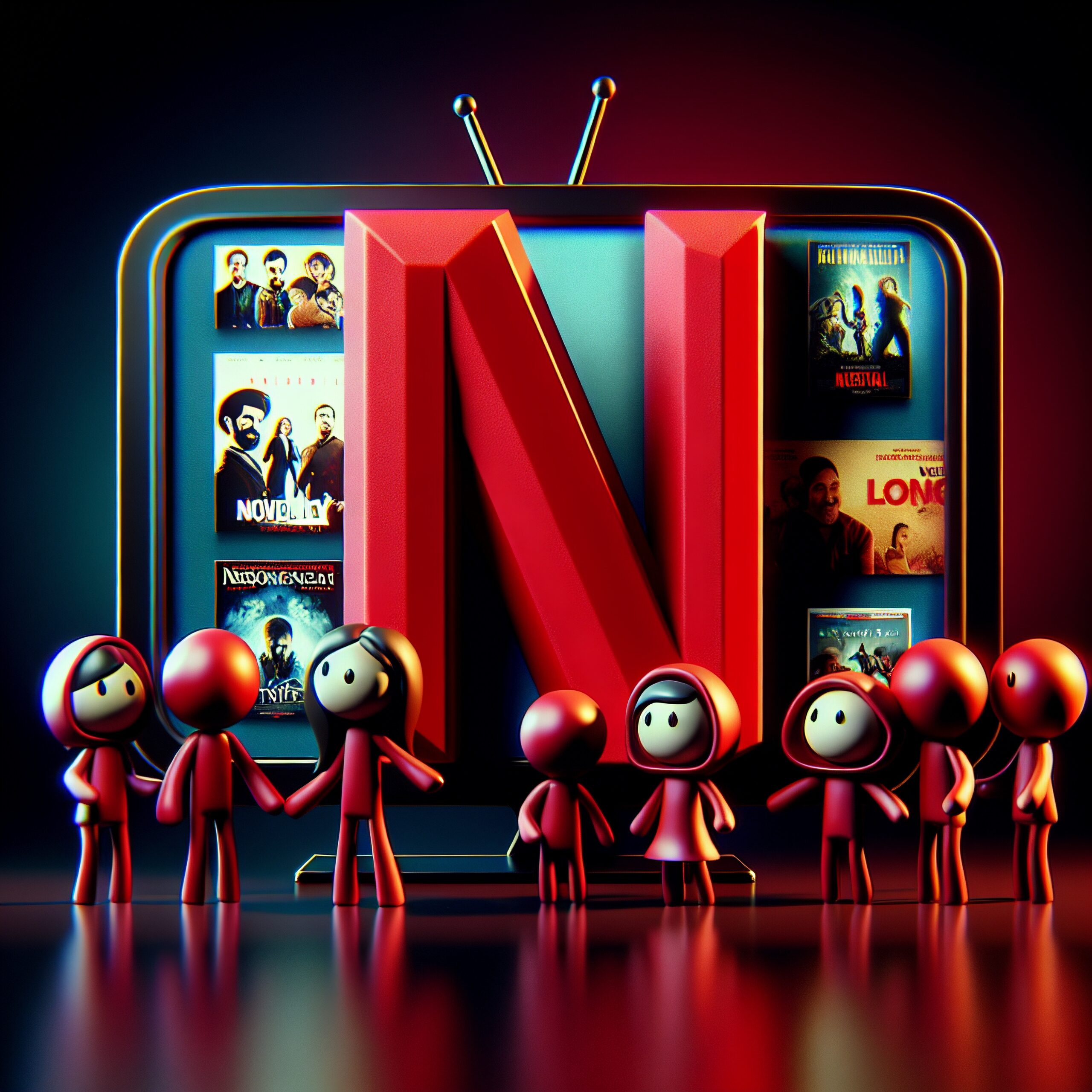 In other words, our actual behavior – the videos we stream.
In other words, our actual behavior – the videos we stream.
And today, it has led to how AI is being widely used to recommend the series and shows we end up watching – and bingeing.
But the Netflix concept of dangling a reward in front of able and enthusiastic competitors garnered a lot of attention.
It is not a new idea.
In fact, Nieman Lab‘s Julia Barton, tells us the radio broadcasting industry had the same idea.
The difference is that it was 100 years ago, and the prize? A hefty $500.
Still, the contest turned out to be successful. Just as Netflix turned to consumers early on in the company’s development, so did pioneer radio broadcasters.
And the mission? How to monetize radio.
Barton explains the instigator of a crowd-sourced solution was the magazine Radio Broadcast offering up an impressive five Benjamins for the best idea to figure out the key question:
“Who Is To Pay for Broadcasting And How?”
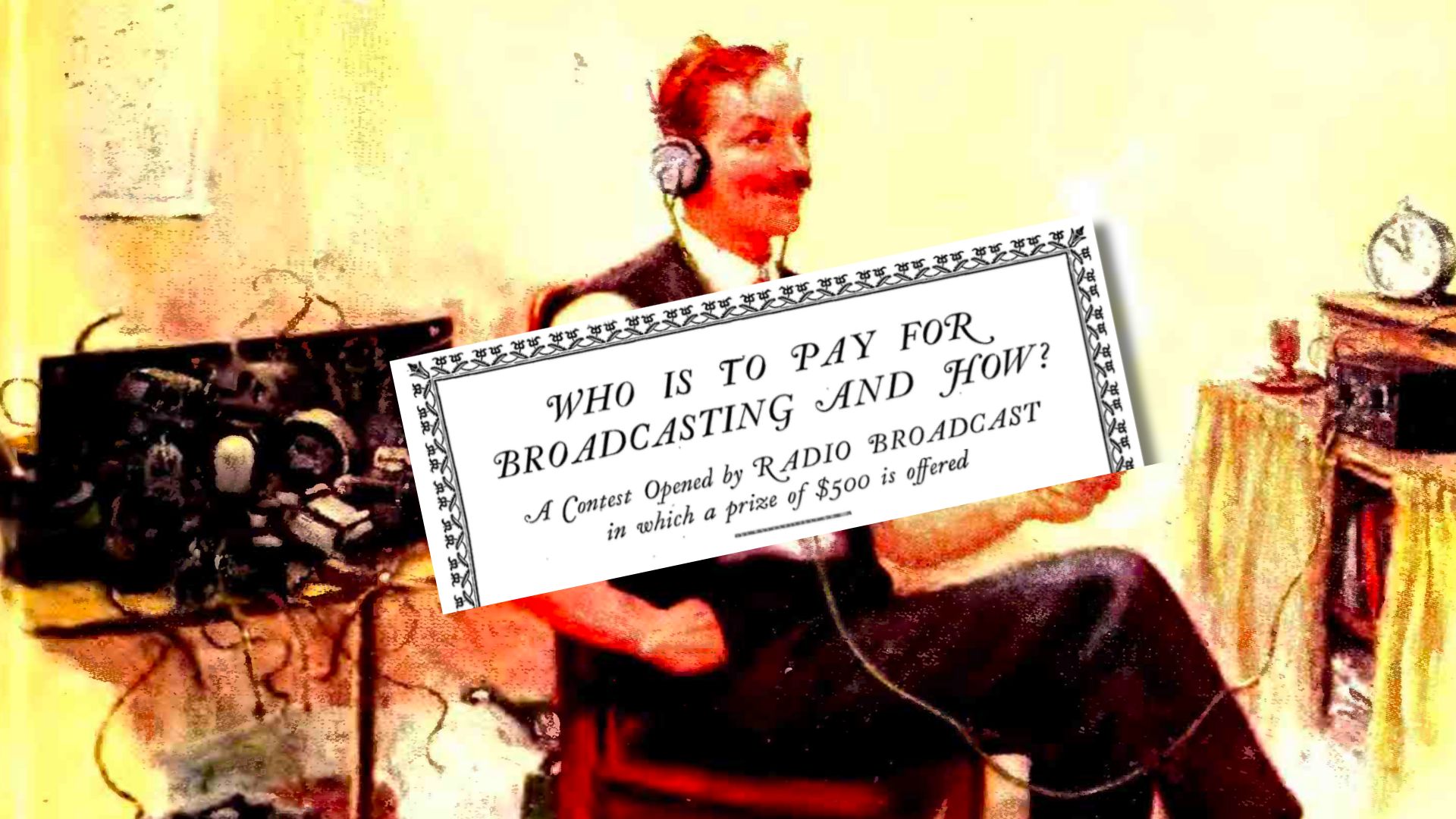
via Nieman Lab
A century later, it should not escape any of us these questions remain largely unsolved. Back in 1924, the prize was worth more than $9,000 in today’s dollars and Radio Broadcast’s bold competition attracted more than 1,000 contestants.
It is noteworthy the competition ended in frustration, making a statement about congenital roadblocks often put up by ownership throughout these past many decades.
Barton explains that in the early days of radio, many stations were owned by big department stores trying to sell…radios!
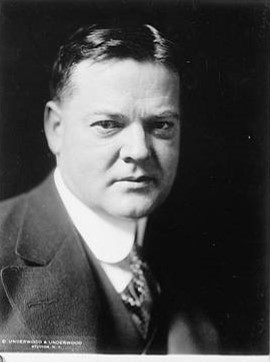
Herbert Hoover
But the model didn’t work financially, forcing broadcasters to look for other solutions. While the “currency” today for commercial radio at least is advertising, back then, it was not a popular model right up to the way up to then-Secretary of Commerce Herbert Hoover. Yes, the same guy who’s presidency is forever associated with the Great Depression.
If this is something anyone in radio today is interested in replicating, I can save you money, time, and attorney fees. Radio Broadcasting did the heavy lifting, and came up with the rules for the contest:
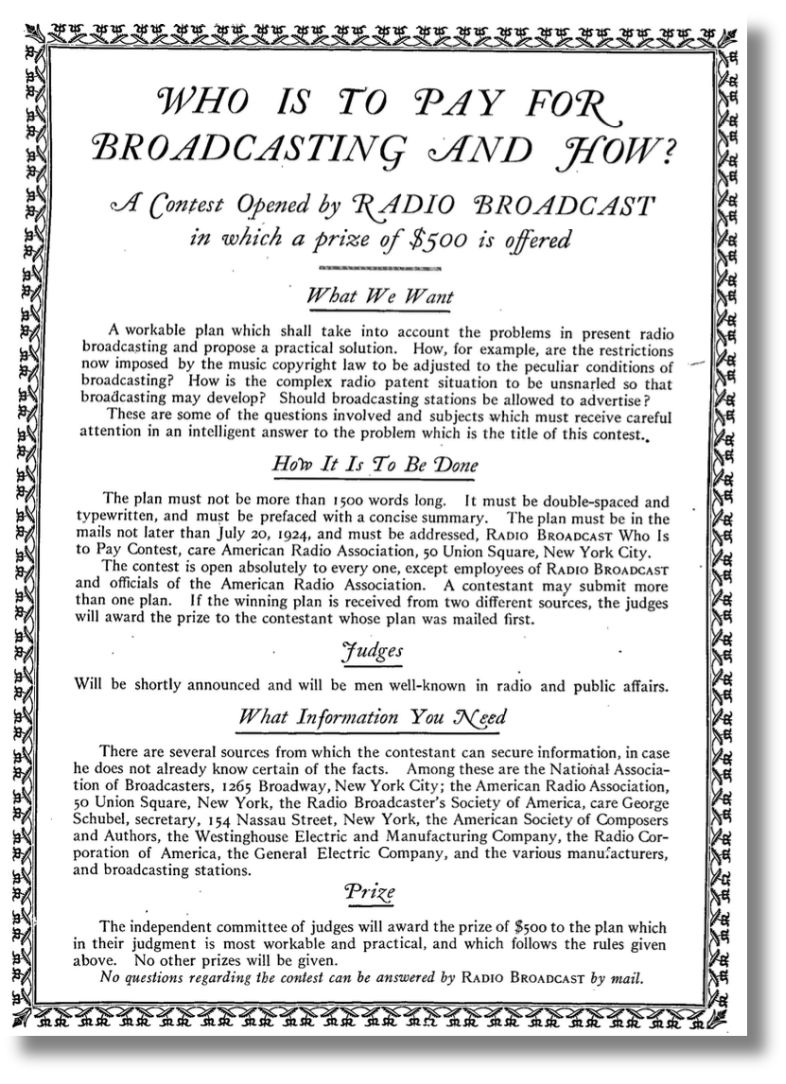
via Nieman Lab
Back then, suggestions for how radio might pay for itself ran the gamut, including “slot machine radios.” Here’s the concept: You’d put in a nickel, the radio signal would “unscramble” for two hours of listening. What a deal!
In her story, Barton talks about other ideas that emerged, including a 30-day fundraising drive. (Don’t get any ideas, public radio!)
Finally, the Radio Broadcast contest produced a winner, a guy named H.D. Kellogg, Jr. In those days, radios were powered by vacuum tubes. His idea was a $2 federal tax on their sale (plus a 30¢ tax on each crystal sold). In many ways, this has similarities to the licensing fee charged to UK residents by the British government which funds the BBC.
Here’s how Kellogg mapped it out:

via Nieman Lab
While Kellogg won the contest and the $500 prize, he didn’t win over the hearts and minds of radio ownership back in those seminal days. In fact, the head of the NAB, Paul Klugh, called the tax “obnoxious” and averred: “I don’t believe your prize-winning plan feasible under conditions as they exist in this country.”
Barton tells us the Radio Broadcast team wasn’t excited by Kellogg’s plan either, instead opting to do NOTHING. She quotes columnist Zeh Brouck who wrote, “For the present, I think it is better to let things ride along as they are.”
Sound familiar? Reactions to actually doing something bold or innovative in radio broadcasting generations ago echo the inaction of leadership years later.
And yet, advertising became the currency for radio broadcasters, a model that survives today in the commercial radio realm – for better or worse.
Herbert Hoover had a comment about commercial loads:
“The dignified presentation of the sponsor has too often been abandoned for hucksters’ tattle, interlarded into the middle of programs and tiresomely continued at the end.”
“Interlarded?” That’s a new way of describing bloated, excessive commercial stopsets, underscoring the reality we may not have made all the much progress in the past century.
Julia Barton wonders whether a new contest should be launched, addressing the same nagging question:
“Who is to pay for radio broadcasting – and how?”
But will anybody be listening a century later?
I “appropriated” the title of today’s post from one of the most amazing contests in radio history, Jack McCoy’s famous “The Last Contest” which originated at KCBQ in San Diego way back in 1971.
For radio old-timers, it was brilliant in every way – bombast, bigness, packaging, brilliant writing, amazing VO (McCoy himself) and stellar production. McCoy threw in everything in an effort to superlatively make a gargantuan statement.
You can learn about “The Last Contest” in an instructional video hosted by radio legend, Pat Holiday as part of his programming master class. It’s a fun ride, and a stark reminder about the power of “THINKING BIG!”
Here’s the video:
Originally published by Jacobs Media
